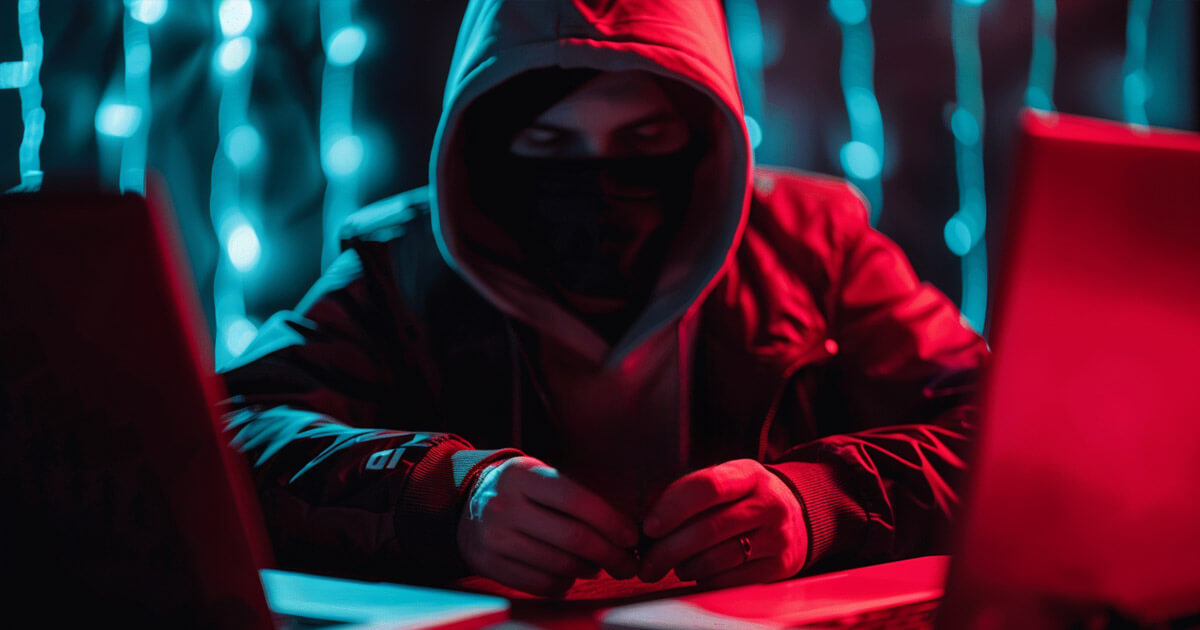
President Donald Trump’s official memecoin called TRUMP was launched on January 17 and rose to a market value of $72 billion in just two days.
Backed by the Trump family, the crypto generated significant public interest while becoming a lucrative target for fraudsters.
A report from Web3 security firm Blockaid highlighted the rapid escalation of scams during the launch, as bad actors took the opportunity to spread chaos.
Scam tokens are rising
Malicious tokens bearing the Trump name rose 206% on launch day, with scammers creating 6,800 tokens, compared to the daily average of 3,300.
In addition, fake decentralized applications (dApps) proliferated, with 91 fraudulent dApps appearing within 24 hours – 14 times the normal number.
Fraudulent activity extended beyond the $TRUMP token itself. Scammers launched tokens tied to the names of other Trump family members, such as “Melania” and “Barron,” to trick investors into believing they were part of an interconnected ecosystem.
Metadata referencing the Trump family increased 592%, reflecting the scammers’ sophisticated strategies amid the high-profile token launches.
Risks in decentralized ecosystems
The launch of the $TRUMP token has exposed the vulnerabilities of the decentralized crypto space, where the fear of missing out (FOMO) often drives impulsive investments.
Scammers took advantage of the token’s high-profile launch to trick users into connecting their wallets to malicious platforms or purchasing fraudulent tokens.
Blockaid emphasized the importance of proactive measures to protect users. Through real-time threat detection, the company blocked hundreds of users from interacting with scams.
The company noted in its analysis:
“Scams may arise as crypto grows, but robust security ensures they don’t derail progress.”
Blockaid noted this in its analysis. Enhanced security tools are essential for protecting users and promoting trust as the Web3 ecosystem continues to evolve.
The launch of the $TRUMP token highlights the dual challenges facing digital assets: enabling innovation and addressing security risks. By prioritizing robust safeguards, the industry can ensure that growth is sustainable and safe for its users.

